You care about literature. You want to get published. Do you say, “Literary Magazines: Why bother?”
I say these little guys take risks that matter. They find emerging talent, unknowns, new voices.
An NEA study of the literary world concluded: “Most writers of literature, including those who go on to prominence, will [first] find their way into print through small presses.”
If past is prologue, we can learn (names of authors bolded below the photo):
It took Faulkner thirteen years to see his first short story in print. “That Evening Sun Go Down” was published in The American Mercury, then in Best American. In that short story, we’re introduced to the Compsons who people The Sound and the Fury. “A Rose for Emily” appeared in Forum. Both magazines rejected earlier stories.
William Saroyan’s tour de force of voice, “Resurrection of a Life” appeared in Story (where you’ll also find me) and then in Best American. I argue that Saroyan’s story could not have found a home in a commercial magazine. His play The Time of Your Life won the Pulitzer.
Bernard Malamud: “The Girl of My Dreams” appeared in American Mercury and “The Mourners” in Discovery, both after his novel The Natural. “The Girl of My Dreams” ran alongside a poem by Kenneth Koch at the beginning of his career and another by Adrienne Rich when her bio still said, “Miss Rich is married and lives in Cambridge, Mass.”
William Gass: “In the Heart of the Heart of the Country,” appeared in New American Review. His story that breaks form was chosen by Best American and appeared alongside Philip Roth’s “The Jewish Blues” and Grace Paley’s “Faith in a Tree.”
Ian McEwan appeared in New American. That mag. published three of his stories before he published his first novel. He went on to win the Booker Prize. His story appeared alongside stories by Grace Paley, E. L. Doctorow, and Angela Carter.
Pam Houston published in Fish Stories before “The Best Girlfriend You Never Had” appeared in Other Voices and was chosen for Best American and then by John Updike for Best American Short Stories of the Century.
Jhumpa Lahiri: Salamander before her book Interpreter of Maladies won the Pulitzer. The title story appeared in Agni and later in Best American.
T. C. Boyle: “Poison,” Hawai’i Review.
Jane Smiley: “Jeffrey, believe me,” appeared in TriQuarterly before she had a book.
Ann Beattie: “Winter: 1978” in Carolina Quarterly reprinted in Best American.
John Edgar Wideman: “Two Stories,” The North American Review. He decided in 2010 to self-publish. The blog aalbc.com gives an overview of his career. Publisher's Weekly continued to review his self-published work and did a story on his decision to go rogue, as the big houses might assert.
Mary Gaitskill: “A Crazy Person” appeared in Open City after her collection Bad Behavior and the novel Two Girls, Fat and Thin were published. She’s now on Substack: Out of it.
Nicholson Baker: “Harold Munger’s Story,” Story Quarterly. His bio, quoting him, says, “he is not working on a novel.” The Mezzanine, his first novel, appeared in 1988.
Colm Tóibín, Booker Prize winner for The Master. “Silence” from The Empty Family appeared in Boulevard Magenta—blogger and poet Michael O'Dea gives us the scoop on this small pub.
Drunken Boat: T.C. Boyle and Alice McDermott wrote tributes to Eugene O’Neill. Robin Hemley, former director of the nonfiction writing program at U. of Iowa, published a lyric essay “Twirl/Run”. An excerpt from my memoir appears in this mag.
All my short stories in The Woman Who Never Cooked appeared first in literary mags. Frederick Busch named my collection the finalist for the Associated Writers Program Book Award.
If you’re a struggling writer, go here Council of Literary Magazines and Presses for a super list.
Mary Tabor is the author of short stories, novel, and memoir. Best advice she ever got: “Only connect …” E.M. Forster
Follow her at MaryTabor.substack.com.
Credits:
Photo: Library by seradarkman
Most author photos via Wikipedia







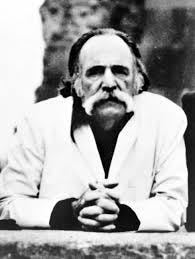

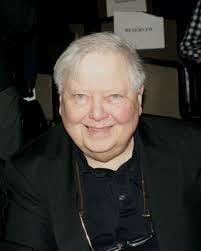
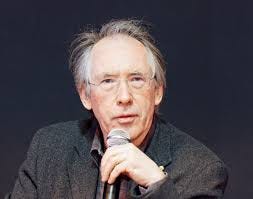



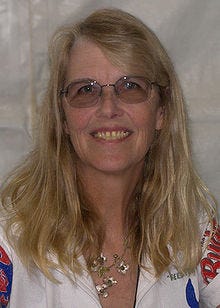

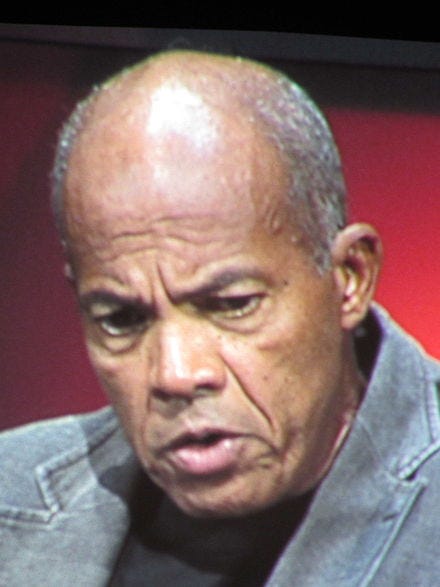
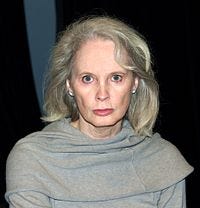
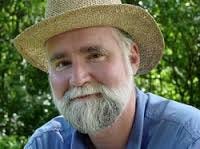


This is important for new writers because it helps them to understand that being published in a press like The New Yorker or Atlantic isn't the only indication of quality writing or success. Every publication, large or small, has their own set of criteria. You just might not be a good fit for them, and that's okay. Also, I tend to focus on the audience and not the publisher. You can reach a different group of readers through some of the smaller presses, who are just as dedicated to supporting new voices. It's not always a volume game. Focus on writing fiction that people want to read and the rest will eventually follow.
Thanks, Mary! Excellent post today. All writers need encouragement and examples like you shared.